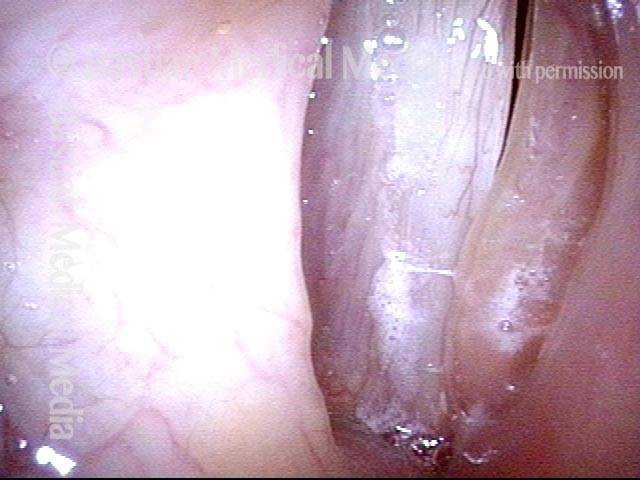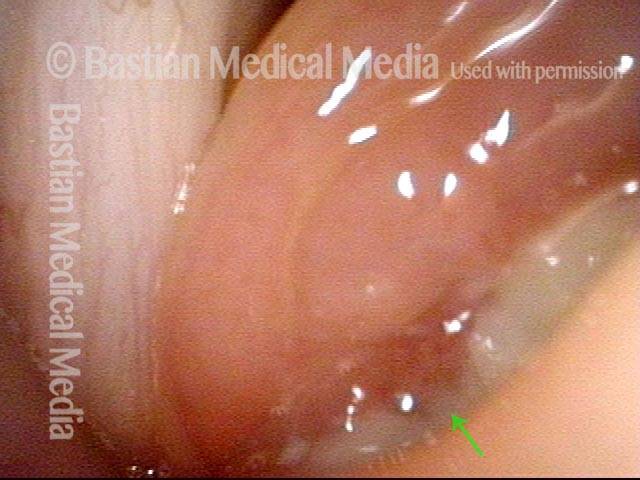Silastic is a highly inert silicone rubber that has wide use for medical applications. The term silastic comes from the combination of the words silicone and plastic. Laryngologists commonly place silastic implants into flaccid, paralyzed vocal cords in order to plump and firm them up so that they can serve as better partners to the non-paralyzed cord. See also: medialization laryngoplasty.


